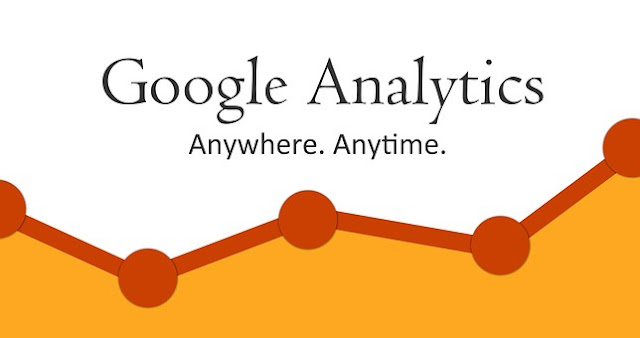It would be nice to earn more money with your blog, right?
After all the effort it takes to make a successful blog. And the continuous effort that the content requires every week, without fail, for your blog to continue to be successful ... You must start to get some kind of income.
But the question that most bloggers struggle with crops: "Where do I start?"
That is a rather difficult question to answer. There are also many correct and incorrect answers. Depending on your blog niche, traffic, etc. However, for this post, the answer is simple. They are "affiliate programs." More specifically, the best affiliate website for you, like any type of blogger.
Let's get into the top 15 affiliated websites from which any level of a blogger can benefit.
1. ShareASale affiliates
ShareASale has been in business for 17 years, and they have definitely kept pace with the times. With an abundant market full of merchants who attend almost everything you can think of, there will always be relevant products to promote.
Flexible payment options. Standard and digital payment options are available. Since digital payment options are so rare among popular affiliate websites, this gives them important points!
A wide selection of products. As you choose and choose which merchants to work with, you get a large library of products to choose from to promote.
Cons
It is not as simple as some of its competitors, which means it will take longer to set it up comparatively. It is not a major problem, but it requires some technical knowledge.
2. Amazon Associates
Everyone knows Amazon. The online marketplace that can deliver anything from candy to a fully functional drone to your door in one day. Each niche has its space on Amazon, making it an excellent starting point for an affiliate marketing company.
Pros
Up to 10% on any sale of products that qualify as coming from your link.
All purchases made by the traffic referred to on Amazon, even if it is not the product to which it was linked, count toward your affiliate income.
Massively diverse product selection. A one-stop-shop for many people, which makes orders much larger than the link of a product they click on.
Cons
The affiliate cookie only lasts 24 hours. If they return and buy after 24 hours, unfortunately, there will be no income for you!
Lack of payment options. You can only be paid by check, bank transfer or Amazon gift card. Hopefully, they will soon branch into digital payment methods.
Even the colossal user-based market that is eBay wants you to help advertise and sell the items on its platform. All you need to do is find listings that you want to help promote, promote them using the tools of the eBay Partner Network and get paid!
Pros
There is no market more diverse than eBay. It is user-based. Someone, somewhere, is selling any legal product you can think of. Nothing can rival that diversity.
The most direct affiliate sales methods. There are no complex rules to follow, just share your shared link to the list and you will win if someone buys it.
Double commission for the first 3 months. Additional income is always nice.
Cons
If an auction takes more than 10 days to complete, you win nothing, even if you were the one who sent the winning bidder there. The disadvantage of the auction side of things.
Neutral
You earn a percentage of what eBay would earn from the sale. Instead of affiliate and you, there is an affiliate, eBay and you, which means that you are dividing the sale in 3 ways. You get a large part of what eBay would earn, but it's worth knowing how it works.
. 4. Shopify affiliate program
Shopify is one of the leading e-commerce software used by bloggers and online retailers. As a blogger, you are probably familiar with him. So, for those of you in niches where your audience will also try to sell online, Shopify is an excellent affiliate association to point you out.
Pros
You earn a lot by reference. You earn the first two months of the subscription rate of your recommendation (200% reward), up to $ 598 in standard plans. 100% reward in the business plan that pays $ 2,000.
It is a platform worth referring to people. Shopify is the main competitor in its space. Very few e-commerce platforms are approaching.
Cons
It is a nice niche. While the payment is excellent, your audience needs to sell things online so that Shopify is relevant to them.
5. Clickbank
Clickbank is very similar to ShareASale. A diverse market is full of merchants that you choose and choose to promote, depending on what interests your audience.
Pros
You will find something to promote. Your product database is one of the easiest to navigate from any of this list. It makes finding something to promote really easy!
Cons
There are no digital payment methods yet. Unfortunately, they only offer check, direct deposit, bank transfers or Payoneer as payment options. They need more digital options.
Maximum of $ 150 earned per referral sale, regardless of product. That feels quite limiting. It would be good to see a higher limit, or simply allow unlimited scale.
Image from https://stock.adobe.com








